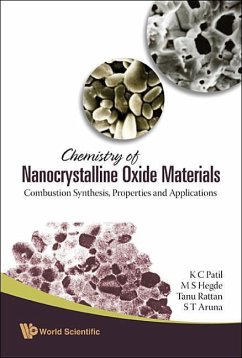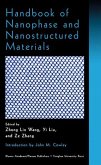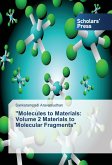Nano-oxide materials lend themselves to applications in a wide variety of emerging technological fields such as microelectronics, catalysts, ceramics, coatings, and energy storage. However, developing new routes for making nano-based materials is a challenging area for solid-state materials chemists. This book does just that by describing a novel method for preparing them. The authors have developed a novel low-temperature, self-propagating synthetic route to nano-oxides by the solution combustion and combustible precursor processes. This method provides the desired composition, structure, and properties for many types of technologically useful nanocrystalline oxide materials like alumina, ceria, iron oxides, titania, yttria, and zirconia, among others.The book is particularly instructive in bringing readers one step closer to the exploration of nanomaterials. Students of nanoscience can acquaint themselves with the actual production and evaluation of nanopowders by this route, while academic researchers and industrial scientists will find answers to a host of questions on nano-oxides. The book also provides an impetus for scientists in industrial research to evaluate and explore new ways to scale up the production of nanomaterials, offering helpful suggestions for further research.








